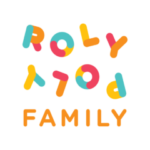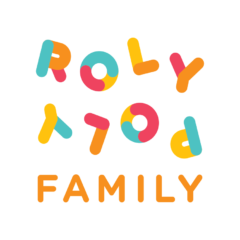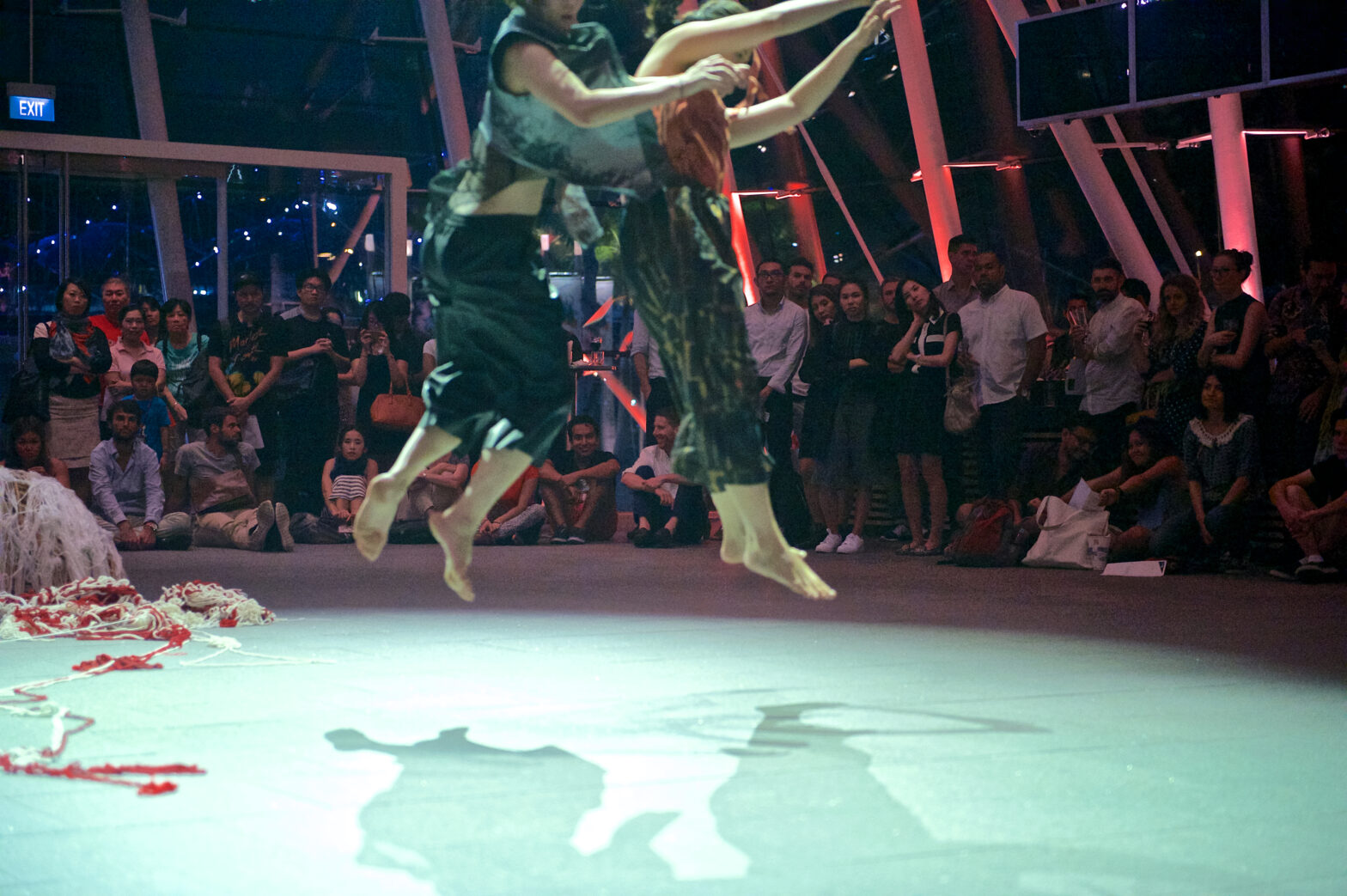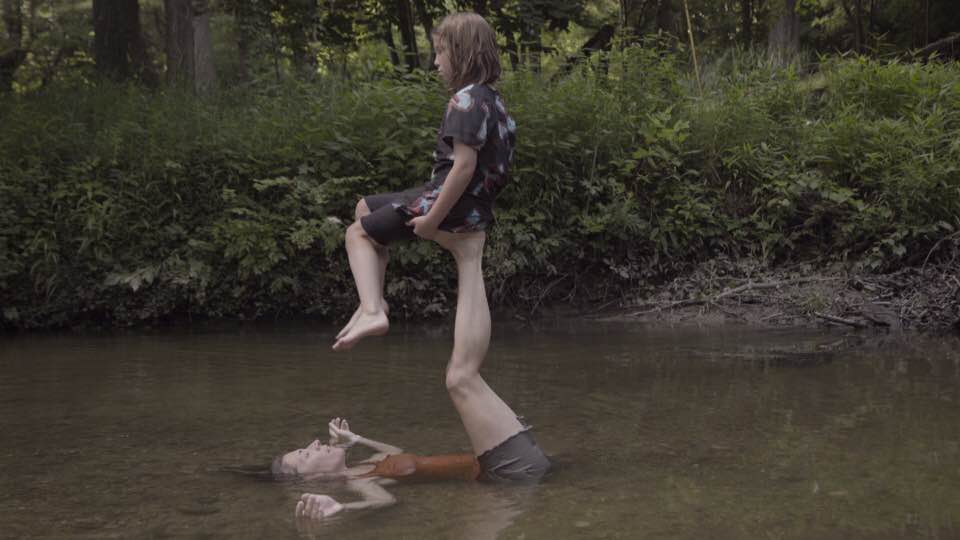Hello! We decided we wanted to share a little bit more about how Rolypoly Family and Derring-Do Dance came to be. So we interviewed the directors! Here’s (part of) our story.
How did Bernice and Faye meet?
Sometime in 2010/2011, Faye and Bernice met each other at a contemporary dance workshop held in NUS. We were both returnees from studying and working in different parts of the US, and felt particularly connected to each other’s interests in improvised performance, as well as somatic training in the world of dance – contact improvisation, taichi, qigong, yoga. We performed an improvised duet together not long after, and have continued performing improvised dances together ever since. We also continue to nurture our independent artistic practices, supporting each other in various ways.
How did Rolypoly Family get started?
Towards the end of 2015, when Faye’s child was still young, Faye started running dance playgroups for families with very young children. The families would hug, push, pull, roll, jump and climb together in the dance studio, with the adults and children taking turns to lead and follow. This was inspired by Faye’s practice in contact improvisation (CI) and improvised performances, as well as other CI teachers who started involving their families and other families in their dancing, such as Itay Yatuv (Contakids) and Heiki Kuhlmann.
In 2016, Faye gave the playgroup the name Rolypoly Family, because of all the rolling around that we do. The topsy turvy feel of the name and logo also points to how families come in different shapes and sizes. Some dance friends joined in as facilitators, including Felicia Lim and Bernice.
What happened next?
One day, Bernice approached Faye about doing more together. We had a nice lunch together at the Jalan Batu market. Bernice was thinking ahead to when she might be a parent in the future, and wanted to set up a structure of being able to continue a part of her art practice with a young child.
We then asked ourselves – in working with children, what do we have to offer as dance artists? That is still the basis for the different facets of work we are now doing with children. We decided that our practices in movement improvisation and performance-making had a lot of potential for engaging with, and benefiting, children and their families.
At that time, with the 2017 resurgence of the #MeToo movement and increased visibility of child sexual abuse cases here in Singapore, we found we were well-placed as somatic practitioners and dance educators to develop movement-based programmes with a goal of teaching body safety and sexuality education to children. Of course, that also required additional research, training and practice, which we have garnered over the past few years, and continue to do so. In particular, we thank AWARE Singapore and Singapore Children’s Society for speaking consistently about the importance of body safety and sexuality education for children. Faye has also completed a course on teaching sexuality education to people with intellectual & developmental disabilities.
We incorporated our company Derring-Do Dance in February 2018, which now houses Rolypoly Family dance projects and Body Smarts Through Movement Arts programme. We continue to infuse our dance and body-based creative work with additional research and knowledge, and are now consulting with organisations to refine respectful methods of safeguarding children.
Why found a company?
Dancing and working professionally in the arts as multi-hatters (performers, administrators, choreographers, educators, coordinators, managers, producers…) we arrived at a point where we thought it would be helpful to also incorporate a company. We felt that it would help us build a structure and tap on resources available only to registered companies, and that this would help us sustain some of our artistic and educational efforts. We innovate and evolve in alignment with the company’s vision and mission, creating projects independently or in collaboration with partners.
One of our early explorations, which motivated the idea of starting a company together, was to create dance movements suitable for pregnant bodies. We spent some time in 2014, in a shophouse “studio” to create comfortable prenatal choreography, though we have never actually formalised that into a class! Things have somewhat come full circle, though, as Bernice now teaches a Mums + Bubs class with our friends at Terra Luna Yoga, moving with mothers in the early-postpartum period, and their babies, newly-introduced to the outside world. And we continue to consider the needs of different groups of people, when designing our projects and programmes. For instance, we have created dance programmes for children with special needs, as well as for children of mixed ages.
We are proud to have grown alongside many friends, artists, and parents, over the past few years, each of us striving to navigate towards a future that is healthier, safer, greener, and full of artistic magic.
We founded our company to push our vision of having adults and children experience dancing as a wonderful, liberating, form of playing. Together, we continue to manifest ways to sustain and nurture our growing and ageing team, our children, our artistic interests, and our desire to merge the transformative nature of movement with the possibilities for positive cultural change.



